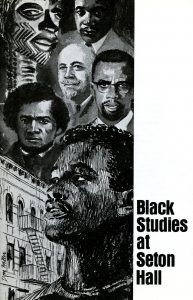By Monsignor Robert Wister

The Roman Breviary (Latin: Breviarium Romanum) is the book containing the public or canonical prayers, hymns, psalms, and readings for everyday use, especially by bishops, priests, and deacons of the Catholic Church. Currently, it is known as the Divine Office or The Liturgy of the Hours.
After the Council of Trent (1545-1563), the popes tried to impose a single standard version of the Breviary throughout the Church. They had some success, but many dioceses and religious orders retained their local customs.
Seton Hall’s Breviary is an unusual one. As its title indicates Breviarium Romanum ad usum Cleri Basilicae Vaticanae, it is the Breviary for the Basilica of Saint Peter, the Vatican Basilica. Many cathedral churches and great basilicas especially in Europe, have a “Chapter of Canons.” This group of priests have the responsibility to daily pray the Divine Office. This Breviary contains the ritual they would use, including prayers and hymns unique to the Basilica.
As indicated by the inscription “Joan. Nolin sculp.” at the base of the column on the left of the title page, the title page was engraved by Jean-Baptiste Nolin (c. 1657–1708), who was a French cartographer and engraver. The page pictures Saint Peter’s Basilica and Square, framed by large statues of Saints Peter (left) and Saint Paul (right). Above in the center is the coat of arms of Pope Clement X (1670-1676).
Among his many offices, Cardinal Stuart was Archpriest of Saint Peter’s Basilica from 1751 to 1807. This post included the responsibility to pray with the canons on specific occasions. Its well-worn condition attests to the Cardinal’s fidelity to these responsibilities.
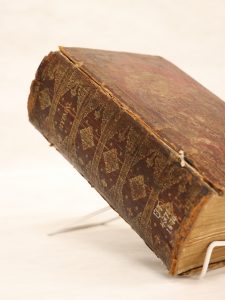
As noted on the second title page, our Breviary was printed in Paris by Sebastian Mabre-Cramoisy (1637? -1687), Printer to the King, in 1674. In the introduction, the editor notes that it contains certain prayers and scripture readings that are particular to the clergy of Saint Peter’s Basilica. And that the last printing was more than eighty years before and few copies remain. Therefore, it is surprising that Cardinal Stuart would be using a book that is more than a century old since there is record of a 1740 printing. Of course, this version was printed by the renowned Mabre-Cramoisy and the cardinal had it rebound in magnificent red leather and adorned with his coat of arms.
At the bottom of the page, in very small cursive script is the following:
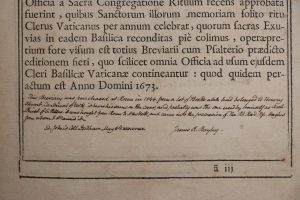
This short note by Father Bayley, later Bishop Bayley, the founder of Seton Hall University, gives an insight into the manner in which fledgling colleges in the United States would stock their libraries. In later letters and diary entries after he became bishop of Newark, Bayley refers to purchasing large lots of books in Europe, often from shuttered colleges, convents, and monasteries. These volumes formed the core of the libraries of new American colleges. There are numerous examples of centuries-old books with the stamp Collegium Setoniense in the Walsh Library collections.
See the Stuart Breviary itself and learn more about the Cardinal Duke of York who owned it at the exhibit in the Monsignor William Noe Field Special Collections Center on the first floor of Walsh Library, through March 31.
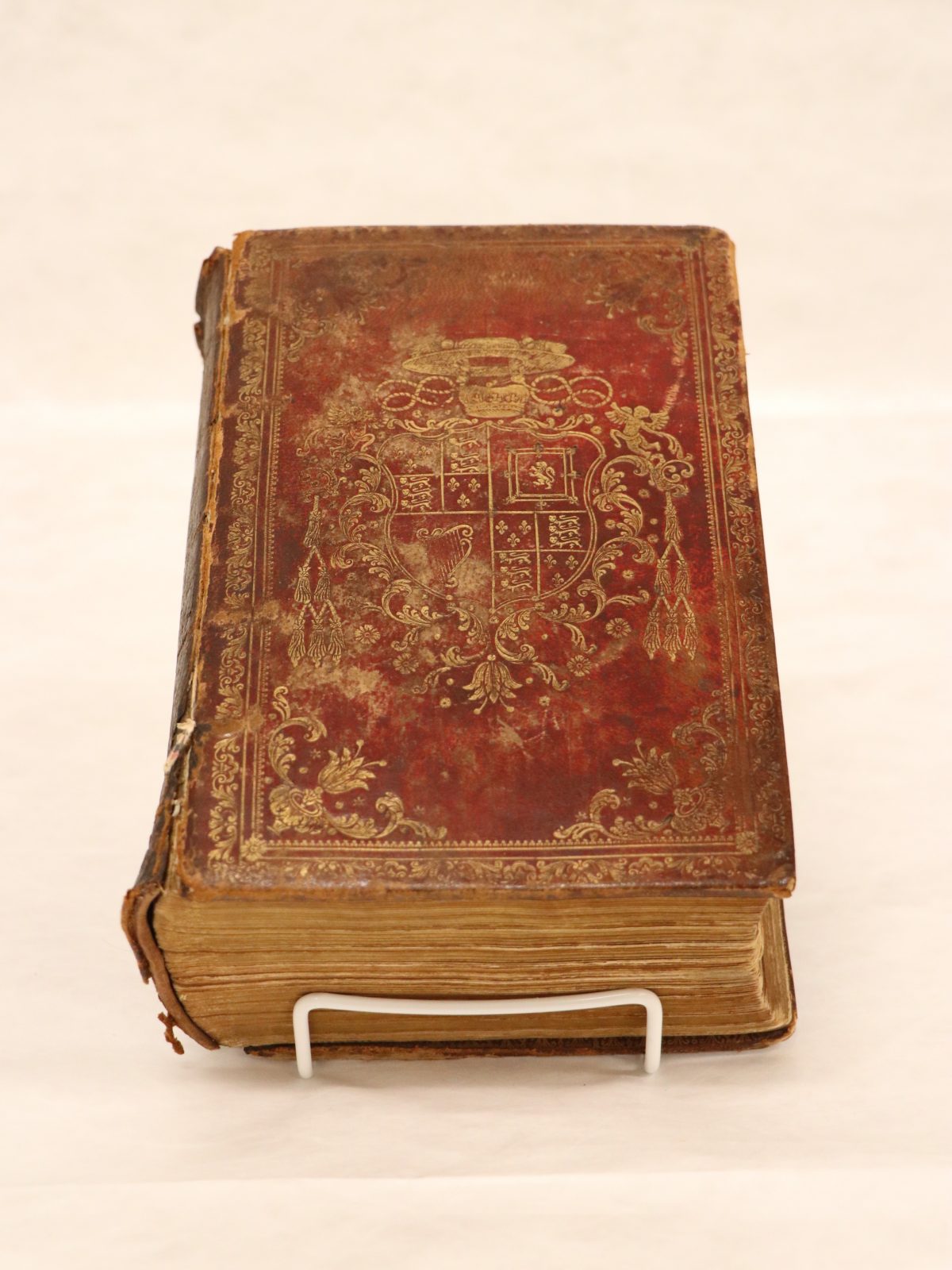
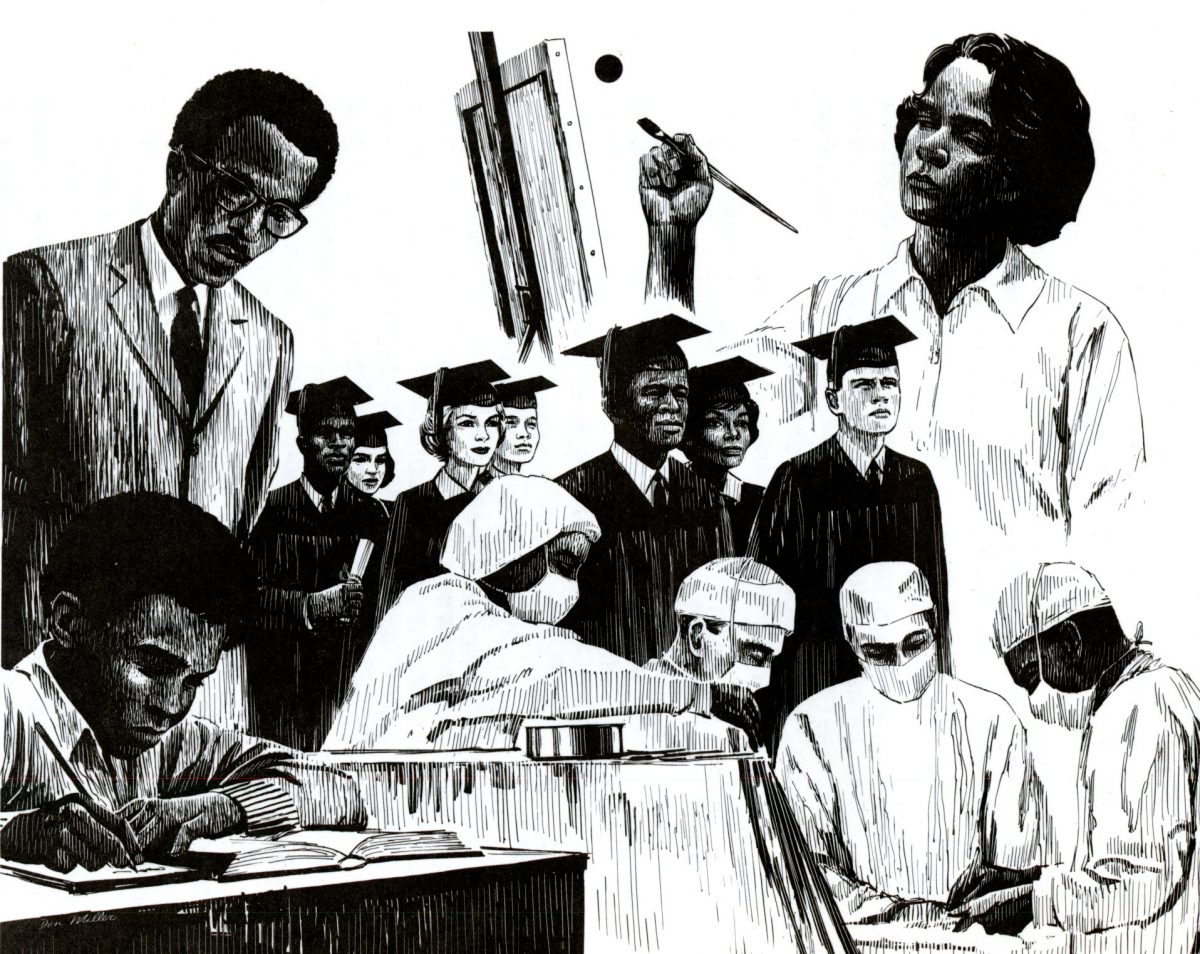
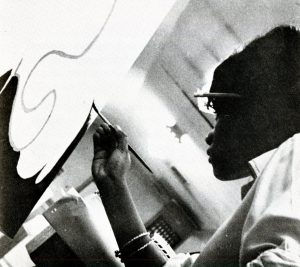
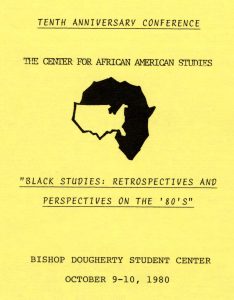
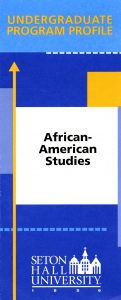 The archival records that correspond to the Center for African American Studies contain materials documenting the operation of the institute from 1970 until the late 1980s. Included within our holdings connected to this area are examples of budget data, office memoranda, course offering overviews, meeting minutes, newsletters, notices, and various operational files that show the inner-workings of the Center. More details about this collection can be found by consulting the following finding aid:
The archival records that correspond to the Center for African American Studies contain materials documenting the operation of the institute from 1970 until the late 1980s. Included within our holdings connected to this area are examples of budget data, office memoranda, course offering overviews, meeting minutes, newsletters, notices, and various operational files that show the inner-workings of the Center. More details about this collection can be found by consulting the following finding aid: 